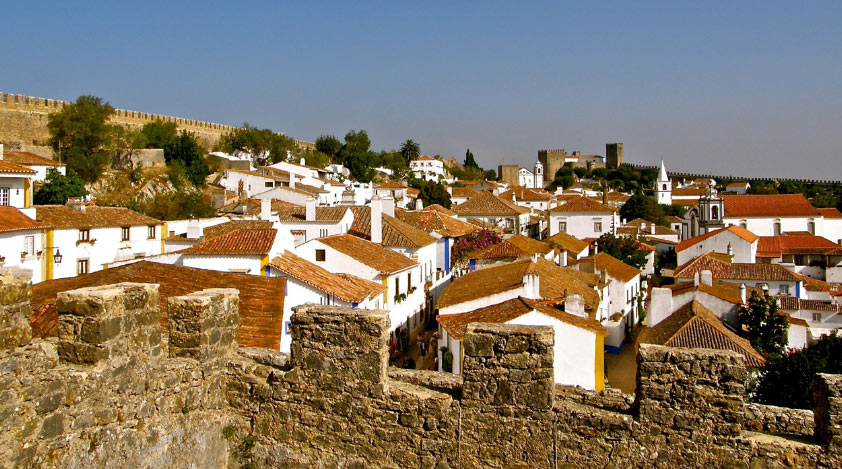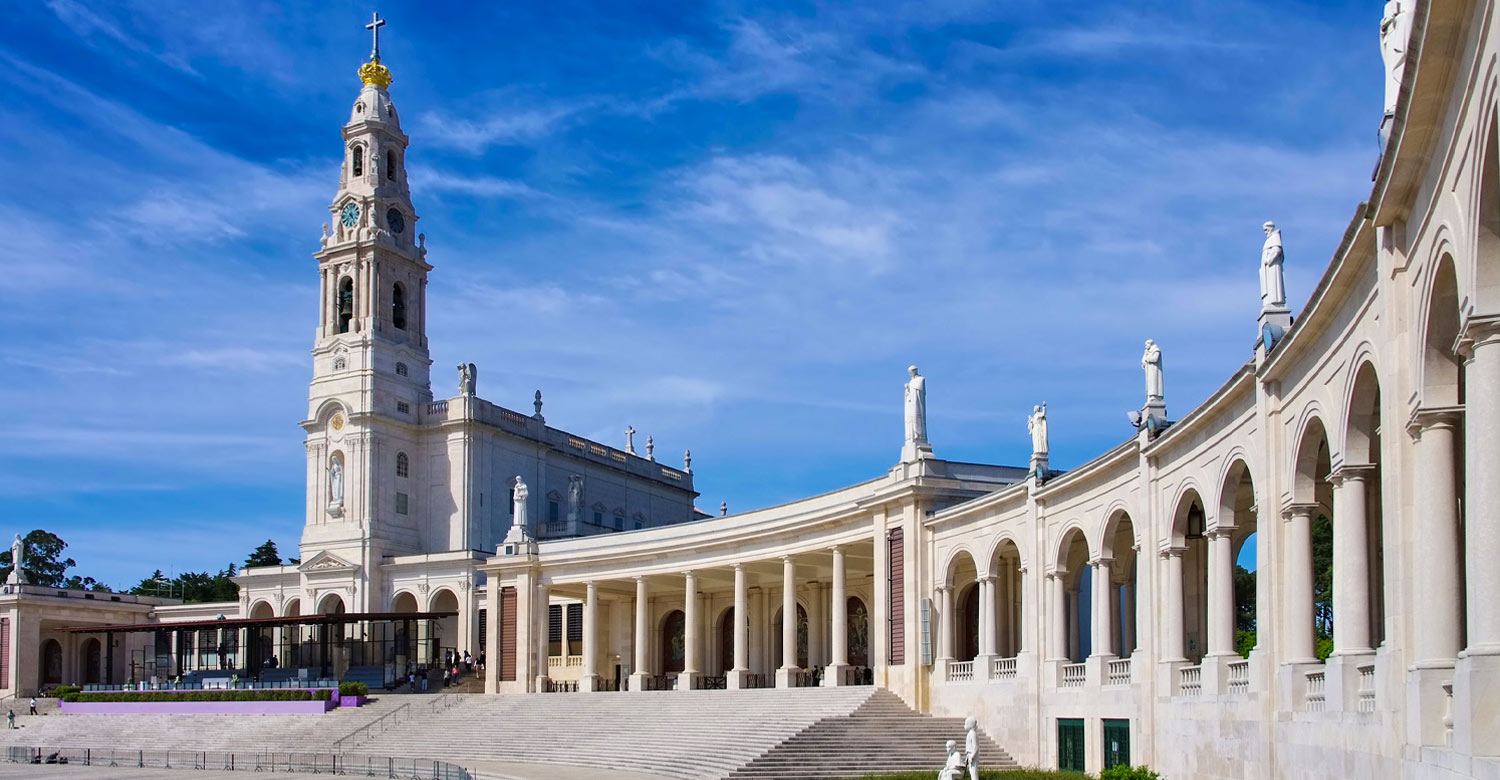Three Magical Towns to Discover on Your Way From Porto to Lisbon

Posted by on 18 Feb 2020 , in Europe
If you are planning to do a self-drive from Lisbon to Porto or vice-versa, make sure you stop in the following towns in order to discover the culture and history of Portugal.
Obidos
The first stop from Lisbon will be the medieval town of Obidos. “The Wedding Town” was the traditional bridal gift of the kings of Portugal to their queens, a custom begun in 1282 by Dom Dinis. The town has hardly changed in appearance since then: its cobbled streets and steep staircases wind up to the ramparts, from where you can gaze across a countryside of windmills and vineyards. The parish church, Igreja de Santa Maria dates mainly from the Renaissance, though the interior is lined with seventeenth-century blue azulejos (or painted tiles) in a homely manner typical of Portuguese churches. The retable in a side chapel on the right-hand side was painted by Josefa de Obidos, one of the finest Portuguese painters and one of the few female artists afforded any reputation by art historians.
Batalha
If you follow the road you will get to the next town, Batalha. Batalha only became a place of any significance upon the building of its magnificent monastery, now honored with UNESCO World Heritage status. This gigantic pearl of Gothic architecture occupied Portugal's most accomplished tradesmen under Royal command for the best past of two centuries. It was built to celebrate the Portuguese victory over the Castilians in the Battle of Aljubarrota in 1385, thus keeping a vow made by King João I to the Virgin Mary prior to the momentous conflict. The illegitimate brother of the dead, heirless king, João's right to the throne of Portugal was challenged by the then Spanish king Juan. Outnumbered and ill equipped, he feared the worst and prayed for assistance from the Virgin. Once victorious, he built and named the monastery in her honor.
Coimbra
The last stop before arriving to Porto will be the town of Coimbra. Founded in 1290, the University of Coimbra (UC) is one of the oldest universities in the world and the oldest in all of Portugal. Up until the early part of the 20th century, it was also the only Portuguese-speaking university in the world. Built in the grounds of a former palace, its 16th century campus is classified as a UNESCO World Heritage site.
In addition, Coimbra’s history is related to the Portuguese version of Romeo and Juliet. The protagonist of the story are Inês de Castro and the Portuguese throne, prince Pedro (later King Pedro I de Portugal).
Inês de Castro, of both noble Portuguese and Spanish origins, came to Portugal in 1340 as one of Constance of Castile’s ladies-in-waiting. Soon enough, Pedro and Inês fell madly in love. Pedro’s father (King Afonso IV) disapproved of Pedro neglecting his rightful wife – it shook relations with Castile and brought the Castro family closer to power.
To end the love affair once and for all, Alfonso IV took the desperate measure of sending three men to Coimbra to assassinate her, which they did, in front of her children.
This is where it gets even crazier: legend has it, he then exhumed Inês’ body, dressed her up – crown included – and made the entire court swear allegiance to her and kiss her hand. He wanted to give her, in her death, the respect which had not been given to her in life. Her body was moved to the Monastery of Alcobaça, where she still lies opposite to Pedro, so that on Judgment Day they can rise from their graves and see each other again.
Discover the rich culture and history of Portugal with our exciting packages. Call us at (02) 9094 3322 or fill out our inquiry form for more information on the best travel deals, insider tips, and bucket-list experiences in Portugal.
Some popular packages from Portugal Holiday Packages and Travel Deals
Subscribe now for your chance to win
a $500 Travel Voucher
Be the first to hear about our new Holiday Packages


































